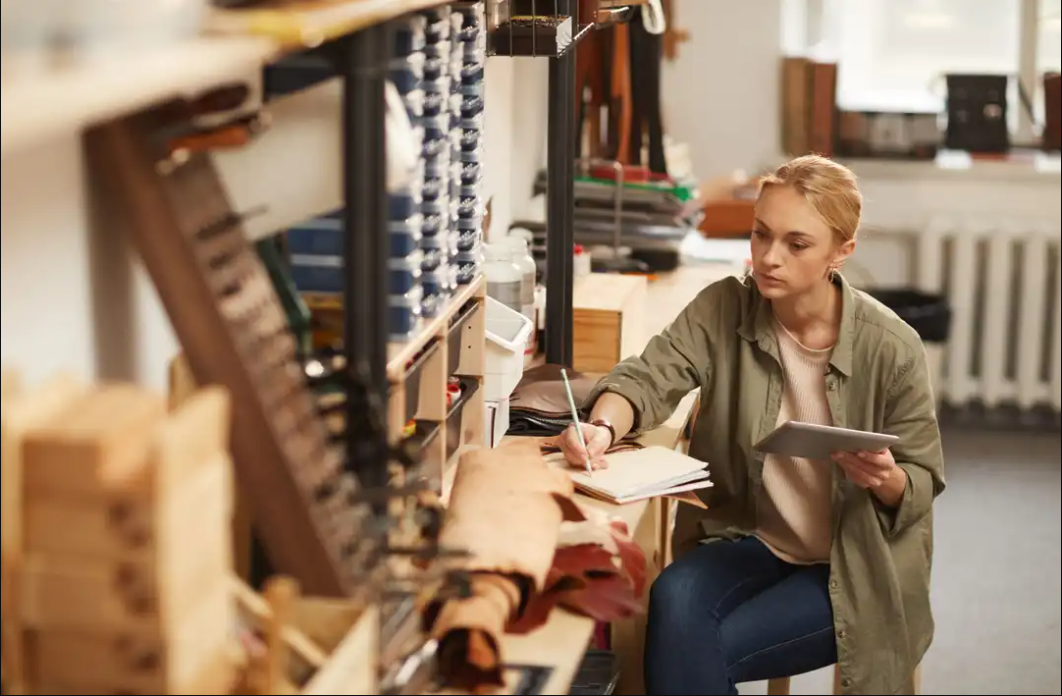You know how important it is to smooth out the entire process from purchase to fulfilment, ensuring a trouble-free delivery. However, there is one shipping stage that can stop you: customs clearance.
In today’s world, products are most likely not made in only one part of the world. Due to globalisation, many products are produced in one part of the world and then shipped to another part where they are sold. This is often referred to as “Made in the World”.
When the product passes through borders, it has to cross different countries and sometimes even the same borders multiple times. This applies to multiple products from various industries such as the automotive and aerospace industry and the pharmaceutical and food sectors. On the way are possible worst-case scenarios for such global supply chains, as Stefan Reinhardt, Area Sales Manager DACH at KGH, explains:
There are multiple worst-case scenarios for a supply chain. There can be delays when goods are stuck in Customs. This can happen because tariff numbers are wrongly selected, or there are formal errors on the documents. Sufficient customs expertise internally or by an external service provider can prevent this.
Stefan Reinhardt, Area Sales Manager DACH at KGH
